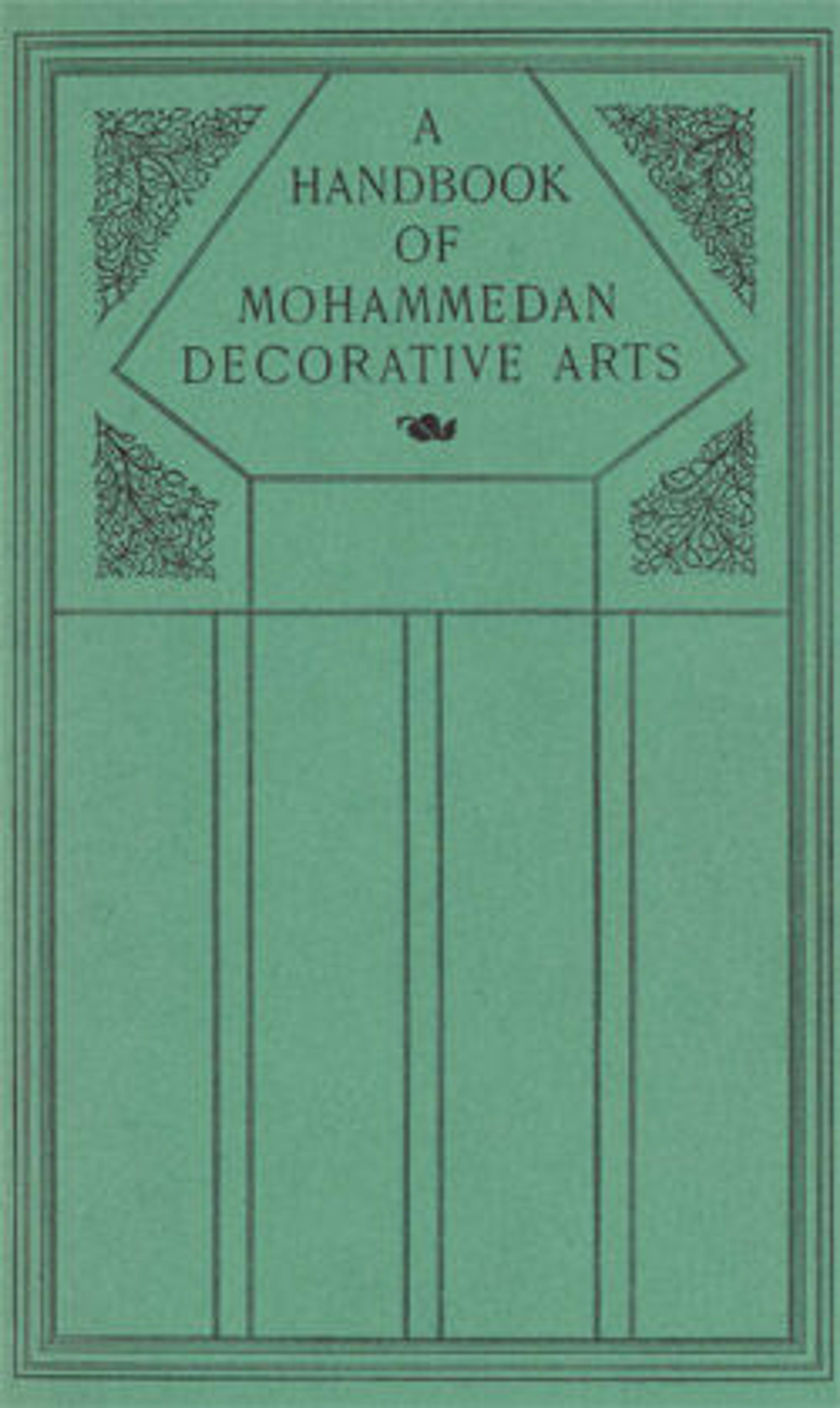Ewer with Horsemen and Sphinxes
A written source of the early 14th century informs us that at that time mina’i objects were no longer manufactured, and that some were kept "in townships and in shrines". This suggests that they were still held in high esteem, and partially explains the large number of intact mina’i objects known today, and the relatively few fragments found in archaeological excavations. The technique was laborious, and the lavish result was often enriched by gilding.
On this mug, the painted and gilded scenes show a procession of courtly riders on the upper register and one of sphinxes on the lower register. Despite the reiteration of the figures, the overall depiction is enlivened by the opposite directions of the riders in respect to that of the sphinxes, by the movement of the running horses and that of the riders (one rider has his head turned back, others are striving to hold branches), and by the details of their garments.
On this mug, the painted and gilded scenes show a procession of courtly riders on the upper register and one of sphinxes on the lower register. Despite the reiteration of the figures, the overall depiction is enlivened by the opposite directions of the riders in respect to that of the sphinxes, by the movement of the running horses and that of the riders (one rider has his head turned back, others are striving to hold branches), and by the details of their garments.
Artwork Details
- Title: Ewer with Horsemen and Sphinxes
- Date: last quarter 12th–early 13th century
- Geography: Attributed to Iran
- Medium: Stonepaste; polychrome inglaze and overglaze painted and gilded on opaque white glaze (mina'i).
- Dimensions: H. 4 3/4 in. (12.1 cm)
- Classification: Ceramics
- Credit Line: Mr. and Mrs. Isaac D. Fletcher Collection, Bequest of Isaac D. Fletcher, 1917
- Object Number: 17.120.44
- Curatorial Department: Islamic Art
More Artwork
Research Resources
The Met provides unparalleled resources for research and welcomes an international community of students and scholars. The Met's Open Access API is where creators and researchers can connect to the The Met collection. Open Access data and public domain images are available for unrestricted commercial and noncommercial use without permission or fee.
To request images under copyright and other restrictions, please use this Image Request form.
Feedback
We continue to research and examine historical and cultural context for objects in The Met collection. If you have comments or questions about this object record, please contact us using the form below. The Museum looks forward to receiving your comments.
